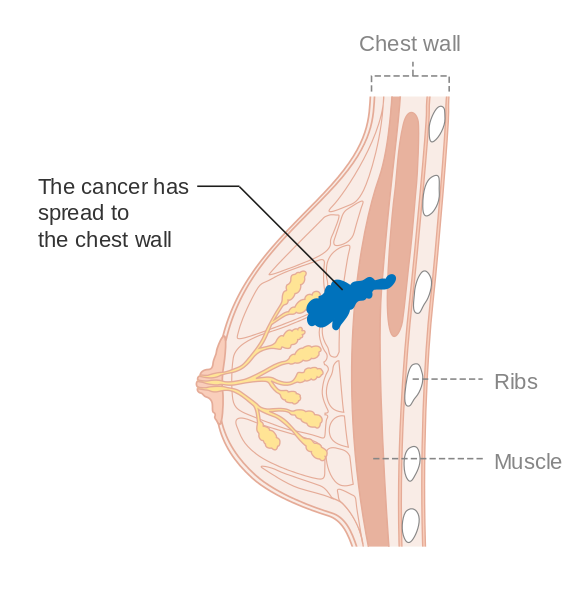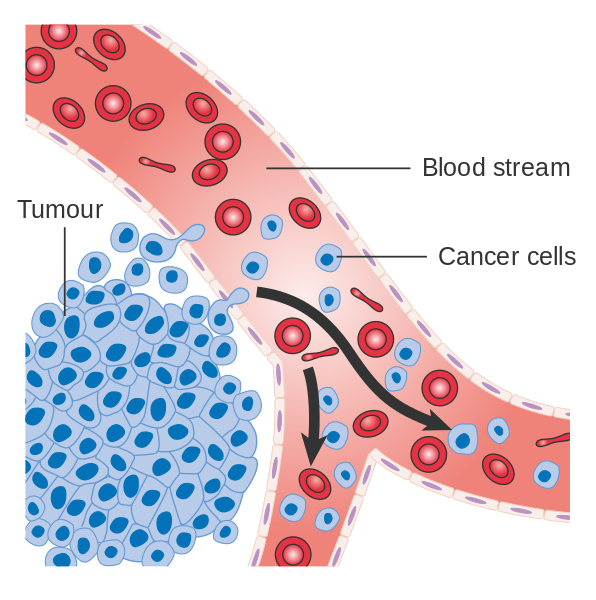There are different stages of breast cancer ranging from zero to four (0-4). There are also different symptoms as well as treatment for the different stages. Doctors actually use the TMN staging system to figure out which of the four stages of breast cancer an individual is suffering. The meaning of TNM is-
First, the T represents tumor and that tells the doctor how much of the tissues of the breast are involved. Second, the N stands for nodes and this tells the doctor if the cancer has actually spread to lymph nodes. Third, the M represents metastasis and that tells the doctor if the cancer cells have actually spread to some other parts of the individual's body. In order to determine the stage of the breast cancer doctors may perform different tests, such as X-rays, blood tests, they may also carry out MRI's, CT scans etc.
Stage zero breast cancer
An individual with this stage of breast cancer can be said to have a noninvasive cancer type. What this means is that the cancer hasn't actually spread to any other parts of the body. Meaning that the cancerous cells are present only in the breast. Another name for noninvasive breast cancer is called ductal carcinoma in situ (DCIS). This simply means that the cancer cells are present only in the milk ducts. If this stage of breast cancer is detected early enough, the individual can receive quick treatment. By treating stage 0 breast cancer quickly, it might prevent it from advancing to invasive breast cancer type.
Stage one breast cancer
This stage of breast cancer indicates that the cancerous cells are gradually starting to invade the tissues around the breast. Here, a tumor may appear and measure about 2cm in diameter. At times, the tumor may not appear in the breast, but then, cancerous cells may cluster that may measure about 0.2-2mm in diameter. In the case of microscopic invasion, it means that the cancerous cells are gradually spreading outside the milk ducts.
Stage two breast cancer
In this stage of breast cancer, there may be no tumor in the breast, but there may be cancer cells or masses that are about 2mm in diameter growing in the breast. It may affect as much as 3 axillary lymph nodes, some may be near the breast bone and others may be close to the armpit. Some cases, tumor may be present in the breast about 2cm in diameter and may affect axillary lymph nodes. The tumor may also be about 2-5 cm in diameter but not affect the axillary lymph node. At the stage two, there may also be cancer cells in 1 or 3 axillary lymph nodes.
Stage three breast cancer
At this stage, there may be no tumor in the breast, or perhaps, the tumor may be growing in about 4-9 axillary nodes. Patients having cancer at this stage may have tumor of 5 cm and more. At this stage, the cancer is invasive, hereby spreading to the skin as well as chest wall. Hence, causing inflammation or development of ulcer. Cancer that has spread to the skin of the breast can also be called inflammatory cancer. Symptoms noticed may include- the breast skin looking red, inflammation of the breast as well as the breast feeling warm abnormally.
Stage four breast cancer
An individual with breast cancer at stage four has cancer that has extended to lymph nodes not only around the breast but also lymph nodes at far distance and has spread to other organs in the individual's body. This stage of breast cancer is the most dangerous. It can also be called the metastasic breast cancer.
Treatment for breast cancer
Treatment for breast cancer may include- surgery, which may involve lumpectomy (removal of cancer cells in the breast) and mastectomy (removal of the entire breast). Another treatment is radiation therapy- which involves the use of radiation to kill cancerous cells. There's also hormone therapy - which involves treatment of cancer in relation to hormones like estrogen and progesterone. There's also the chemotherapy- which involves the treatment of cancer using drugs that kill cancerous cells.

.svg.png)

Very informative article @starrichie
#bigwaves